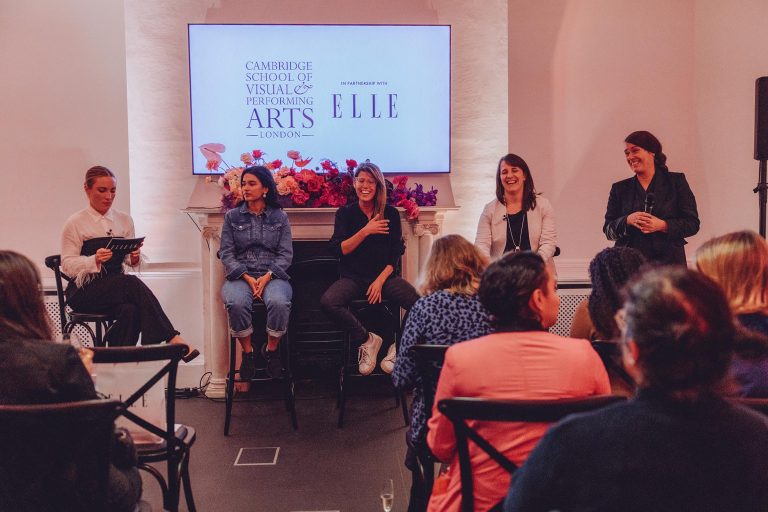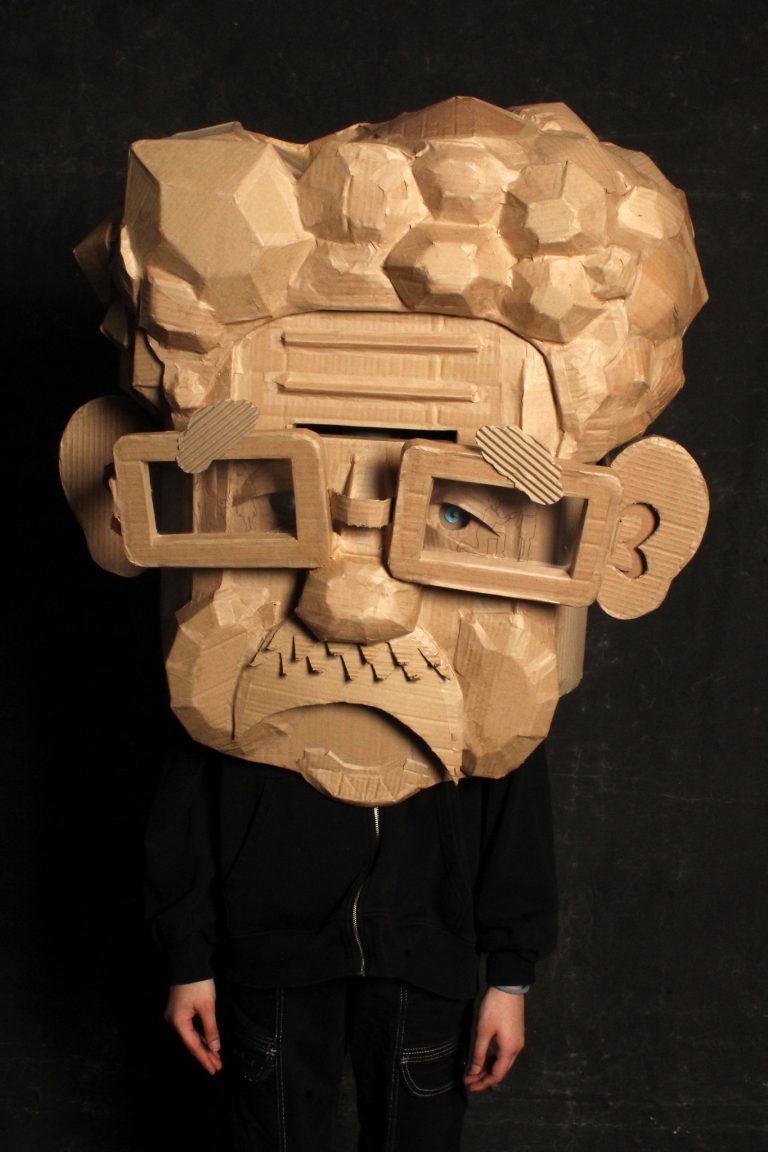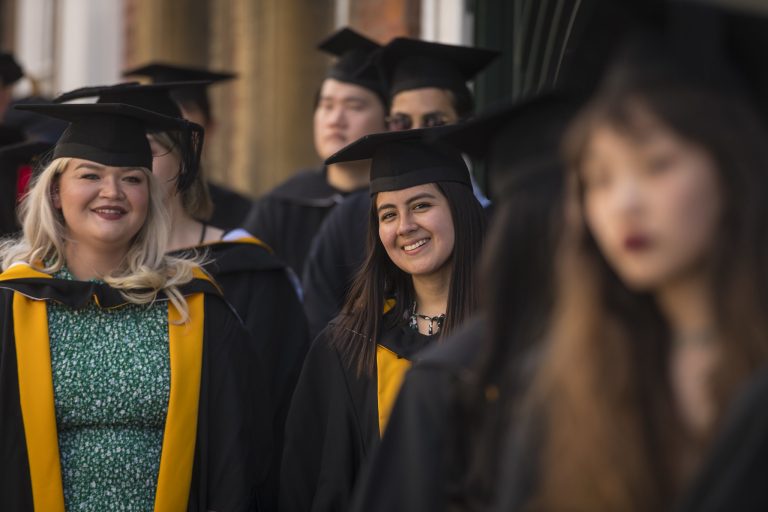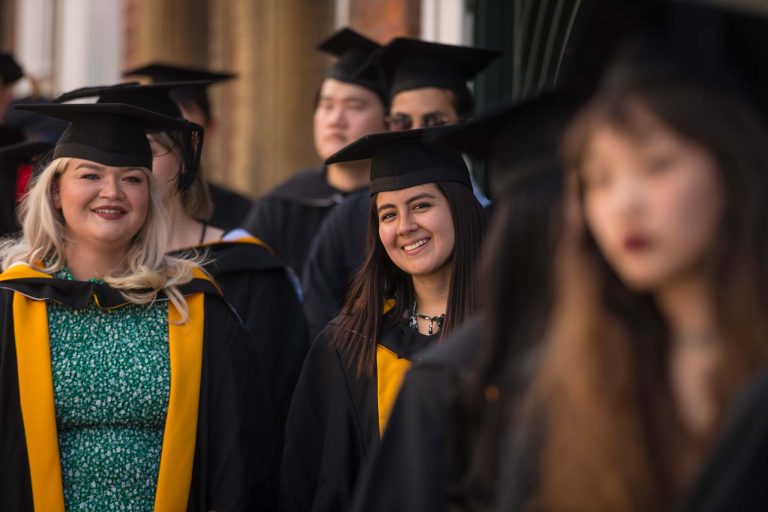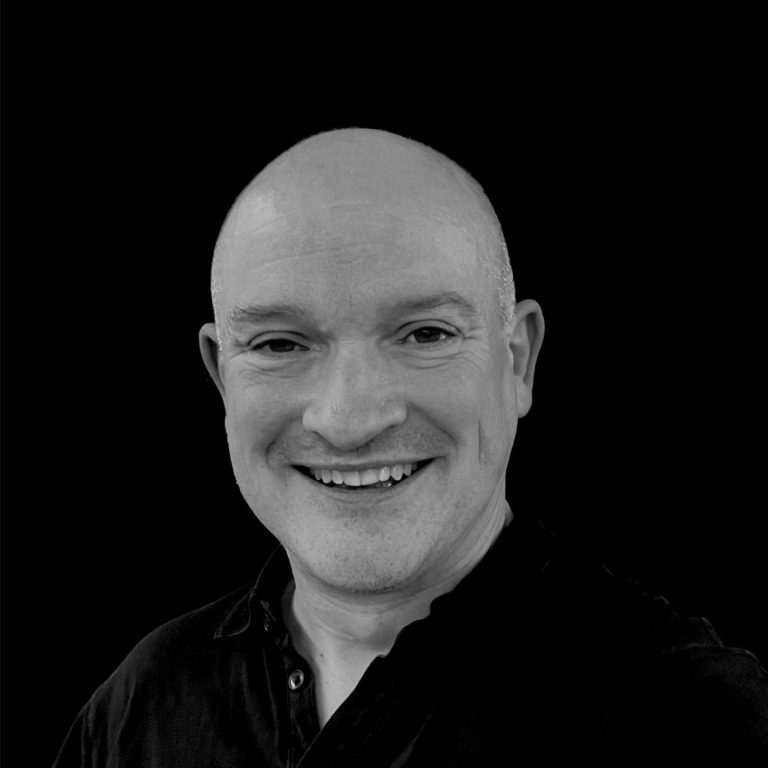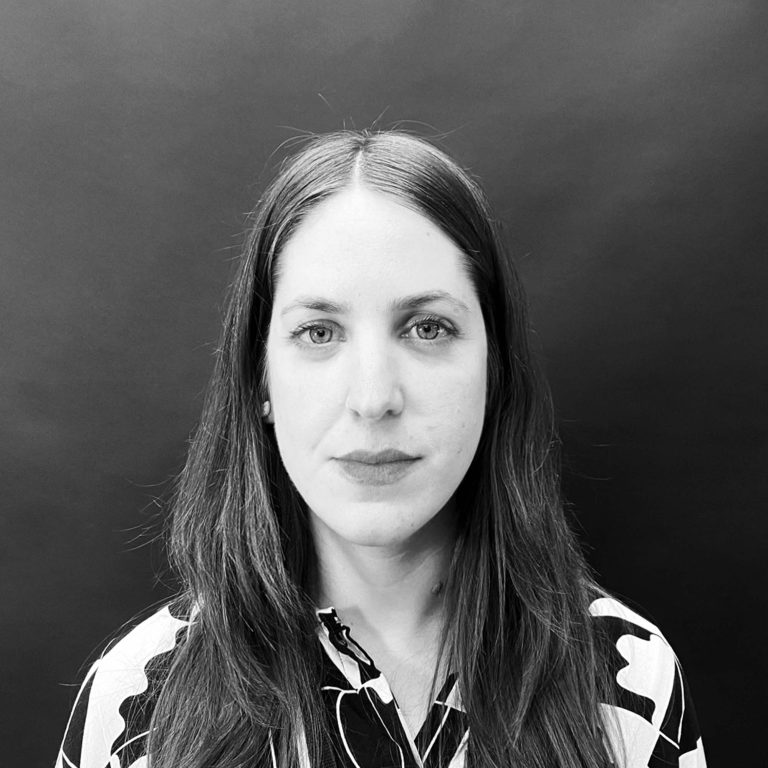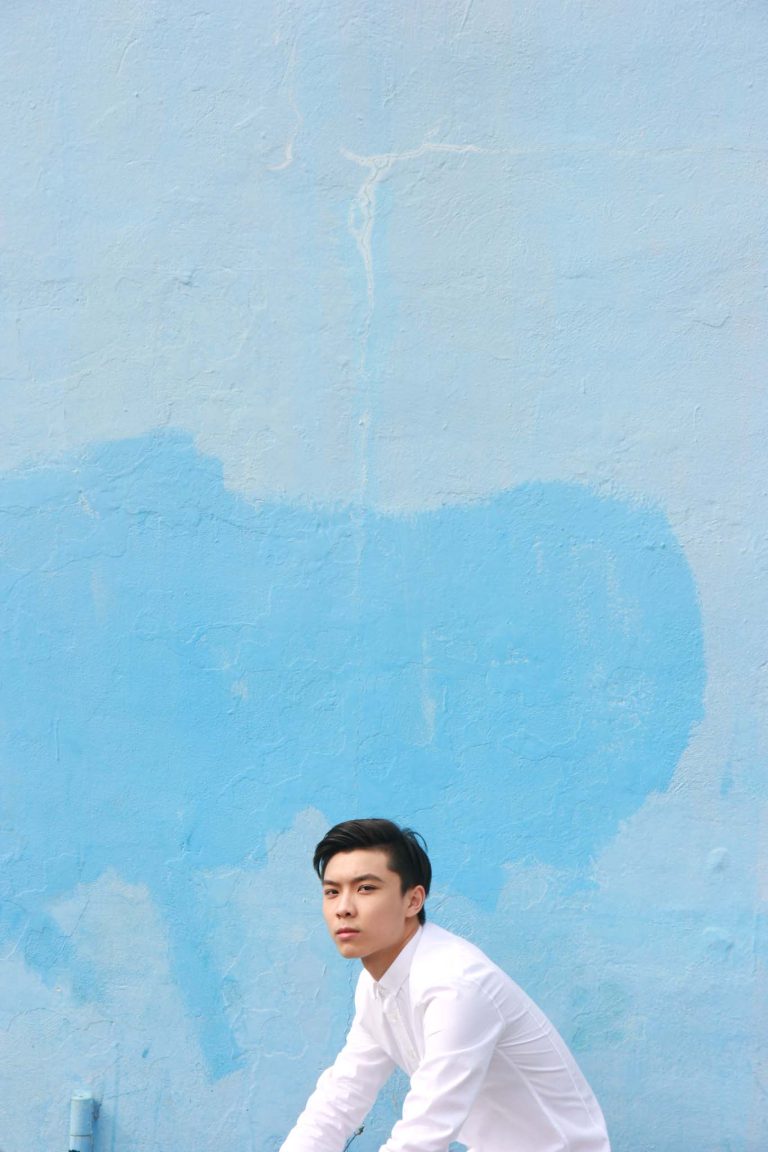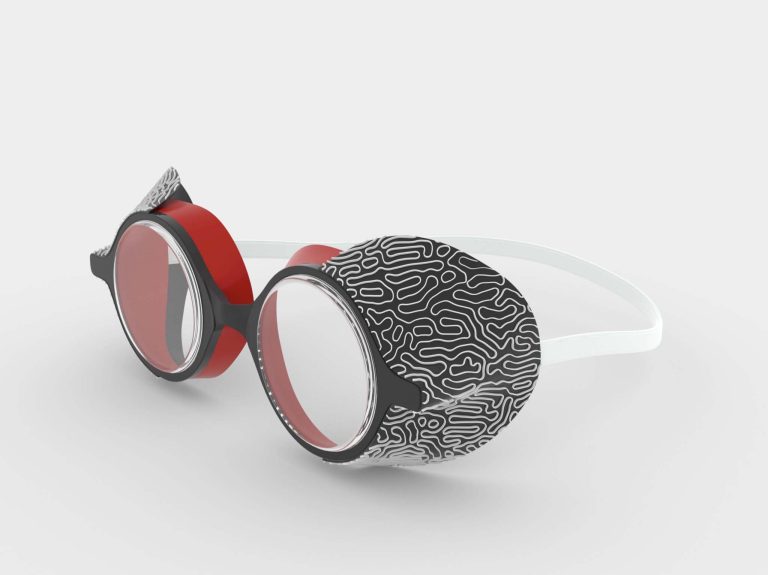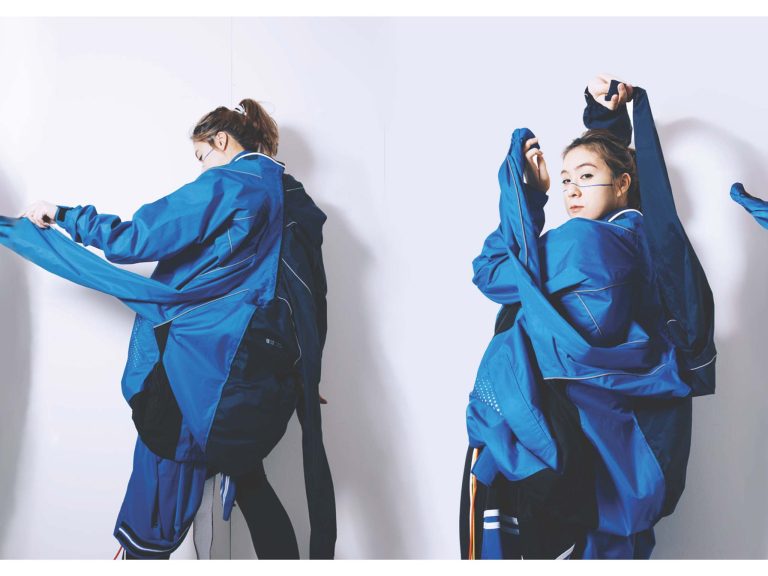MA Visual Communication: Graphic Design
MA Visual Communication: Graphic Design is an intensive contemporary programme that combines creative and professional development, experienced within a nurturing, experimental, interdisciplinary, studio-based environment. The course is focused on the development of imaginative and conceptually distinctive visual practices, in which qualities of invention and discovery are underpinned by rigorous specialist expertise, preparing students to achieve a broad range of creative ambitions.
During the intensive 12-month programme based in our central Cambridge studios, you will advance a specialist knowledge of your chosen area of communication design, within an imaginative and interdisciplinary context, where you will be encouraged to explore and experiment with new methods, platforms and technologies, helping you to develop an original approach, taking your work in exciting new directions.
As well as refining your knowledge of fundamental principles and the traditional print and screen-based skills necessary for future careers in professional practice, you will be encouraged to engage the expanded field of contemporary graphic design, including motion graphics, experimental animation, photographic practices, moving image and typography.
UNIQUE OPPORTUNITIES AT THE CSVPA GRADUATE SCHOOL
This programme offers outstanding specialist tuition combined with extensive academic contact and studio access. As a Master’s student you benefit from:
- Expert tuition from industry-active professional designers, artists, visual communicators and researchers, with unrivalled understanding of contemporary art and design practices, the importance of visual intelligence and experimental approaches to learning, and a passion for sharing their knowledge and skills.
- Imaginative and contemporary project briefs, which prioritise experimental practical approaches, and which are underpinned by research-led conceptual understanding.
- Unique opportunities to engage in creative collaborations with Academic Faculty, Departments, Colleges, Doctoral Researchers and Undergraduate students at the University of Cambridge.
- Exclusive access to contemporary creative industry expertise, by means of workshops, talks and projects, as well as the opportunity to participate in a competitive internship scheme in partnership with Hearst Magazines UK, publisher of titles including Digital Spy, ELLE, Esquire, Harper’s Bazaar and Elle Decoration.
- Intensive learning experiences tailored to your needs and ambitions, with high levels of personalised support and extensive 1:1 tutorial time.
- A postgraduate qualification that will help you to gain distinctiveness and further your creative and professional ambitions.
- Collaborating with a creative, interdisciplinary and global postgraduate community, developing individual skills in a sharing and collective context.
- Studio workspace, accessible every day of the week.
- Access to specialist art and design resources.
- A small, supportive and specialist creative arts college in a beautiful, historic and cultural city—a creative hotspot and home to one of the UK’s most dynamic and international student communities.
RESOURCES & FACILITIES
All students on our MA programmes have access to a wide range of resources to support their studies and the hybrid nature of contemporary practice across art and design including:
- Industry-standard software, including Adobe Creative Cloud
- Digital Media hardware and technical support, including A3 scanner.
- Photography studios and access to analogue darkroom facilities.
- Wood, metal, and ceramics 3D workshops and technical support.
- Unlimited access to professional TaskAlpha A3 photocopier/printer
- Prototype Lab (including 3D printer and laser-cutter).
- Industrial sewing machines and technical support from garment technicians.
- Additional Learning Support
THE AWARD
Upon successful completion of the course, you will be awarded an MA Visual Communication: Graphic Design, which is a Level 7 postgraduate award, validated by Falmouth University, and delivered in association with CSVPA.
“While being at CSVPA I managed to get an internship at Elle magazine UK, during my 5 weeks I worked with different departments”
Lupe – MA Art & Design
VIDEO
HIGHLIGHTS
OVERVIEW
Course Location
Cambridge
Course Length
1 year (3 semesters)
Course Start
September
Tutor Support
Specialist tutor support available 5 days a week.
Studio Access
Students have access to our studios 7 days a week, from 10:00 am to 8:00 pm, Monday to Friday, and 9:00 am to 5:00 pm at weekends.
Awarding Body
Falmouth University
How your Work is Assessed
Visual, material and written assignments and projects.
Guest Lecturers
Visiting Lecturers, drawn from a variety of relevant industry and academic contexts, deliver a series of presentations that help you to situate your own hopes and ambitions for the future.
How we Teach
Throughout this course, students will be taught through specialist workshops, guest lecturers, project briefings, regular 1:1 and group tutorials.
English Language
Up to 5 hours per week if required
Progression
Graphic Designer, Graphic Artist, Filmmaker, Photographer, Art Director, Visual Communicator, Artist, Designer, Lecturer, PhD
Careers
Previous students have gone on to work at Goblin Animation, Esquire Magazine, Vivienne Westwood, Fashion Crossover, Wyre, Gorilla TV, and many other companies within the creative industries
ENTRY
Age
20 years +
Educational Level
Successful completion of an Undergraduate Degree in an art & design, or related subject, and/or professional relevant experience. Students who do not meet these entry requirements will still be considered on their own individual potential to succeed, as well as any evidence of prior experiential learning.
English Level for International Students
IELTS 6.5+ (no element under 5.5)
Portfolio & Personal Statment
See below for more details.
STRUCTURE
STUDY BLOCK 1 / AUTUMN TERM
Study Block 1 helps you build your knowledge of the essential skills in your chosen area of art or design, establishing the confidence to try out new ways of thinking through new ways of making.
In your first term, you will be assigned a series of imaginative briefs designed to stimulate your creativity and help you develop the ingenuity and resilience that professional art and design practices require. You will deepen your understanding of research methods for creative inquiry, and examine the values that motivate you, as well as participate in a series of technical and conceptual Labs, designed to help drive your creativity. There will be additional opportunities to exhibit your work, engage cross-course collaborations and external live briefs. An understanding of the concept of Artistic Transfer will assist you in engaging in creative collaborations with researchers at the University of Cambridge. You will also begin to outline a self-directed project proposal, which will ultimately develop into your Independent Major Project.
This module invites you to build your knowledge of the essential skills in graphic communication design. After a diagnostic and exploratory induction, in the module Visual Grammar you will undertake a series of individual and collaborative projects that help you strengthen your knowledge of the fundamental principles of graphic design. You will develop your own creative visual language and explore new methods and materials both traditional and digital, through projects that explore existing specialisms across typography, editorial design (print and digital), branding and motion graphics. You will make connections to the history and theory of graphic communication to reflect on the critical importance of visual communication in the 21st century.
In this module you will learn alongside artists, designers and visual communicators from across our MA programmes. You will develop advanced research skills and methods, understand the importance of primary and secondary research, analysis of objects, images and texts, develop your critical thinking, and build confidence with academic study skills and conventions needed for successful study at postgraduate level.
You will go on to apply these skills to research projects that explore the theoretical landscape of contemporary creative practice, underpinning your work with an understanding of the values that motivate your work. You will examine case studies from a variety of different disciplines that make use of current critical methodologies, which may include archives and collections, design activism, institutional critique, collaboration, participation and co-design, material and object studies, culture jamming, hacking and disruptive design, and identity, ethnography and auto-ethnography, as the dynamic research tools through which concepts are created, analysed and critiqued.
STUDY BLOCK 2 / SPRING TERM
Study Block 2 looks to the future, and helps you develop a focus for your practice.
As you continue to develop your own creative practice, exhibiting your work in a work-in-progress showcase, you will also begin to address how artists and designers need to be engaged in forging the future of their respective fields, as well as integrating enterprise as part of your practice. You will explore your own ideas through interactions with students on other MA courses and receive support in developing and writing a professional context report, tailored to helping you to further your professional ambitions. A partnership with Hearst UK affords unique insights into working in the creative industries, as well as the chance to compete for further work-based opportunities in the organisation, by means of developing a response to a creative brief assigned by a department at Hearst. Visiting practitioners bring their own expertise and unique perspectives into the Graduate School. You are encouraged to develop the ability to communicate your creative intentions and critical understanding by a variety of contemporary methods and approaches, as you move towards the final stages of the course.
In Design Practice, you will explore new directions, platforms and design situations. You will be supported to respond to conceptual, professional and live briefs, building confidence to identify your own area of focus and the development of your own self-initiated project that deepens expertise and maps an area of future interest.
You will be encouraged to explore the expanded field of graphic communication design in a contemporary and global context, perhaps applying design thinking to critical and socially oriented Master’s projects that challenge established conventions. Building on social engagement projects at the start of the course, through reflection on professional responsibilities and the ethics of visual communication in the digital and post-digital world you may move on to explore the possibilities offered by immersive, photographic, moving image, 3D or multi-platform digital and/or experiential environments in which graphic design is encountered by diverse audiences and users today.
Your position as an emerging Illustrator and/or Animator will be strengthened through Creative Futures, in which you will work alongside other MA students to explore art and design in a social context, exploring the critical, technological, environmental, geopolitical and ethical issues that impact on contemporary creative practice—and the ways in which artists and designers today are responding to the challenges we face today, while speculating about what tomorrow may bring.
As part of this module, you will have the opportunity apply for a period of work experience (including a competitive opportunity offered by our partner Hearst Magazines UK). Alternatively, you will identify a professional context relevant to your ambitions, designing a professional or industry-facing project around your own emerging creative practice. By building on your engagement with the contemporary professional practice of your discipline and the exploratory projects you have completed, you will have the confidence to finalise the development of a proposal for your final Master’s project, to be realised in Study Block 3.
STUDY BLOCK 3 / SUMMER TERM
During this semester, all your attentions turn to the research, development, and production of your Independent Major Project. A student-led symposium helps you to underpin your creative activity with conceptual understanding, resulting in the writing of a critical rationale, which reflects upon the implications, consequences and impacts of your project. The year ends with an exhibition showcase of your projects and the co-creation of an exhibition catalogue, both of which celebrate the end of an intensive period of creative, conceptual, critical, and professional development.
In the final stage of the programme, over the summer term, you will focus on your final Master’s project that gives you the freedom to take your practice in your own individual direction. This is the culmination of the course, and the opportunity for you to develop and exhibit an inquiry-based independent project, that evidences all of the practical, conceptual and professional learning throughout the year.
You will lead the project, but you will be supported and facilitated throughout the journey, with regular group seminars, 1:1 tutorials and technical support, to help you realise your final outcomes that evidence the depth of your research and your professional skills and expertise.
We encourage you to think about the dissemination of your work, building relationships with your audience or future customers, and developing your online presence or personal brand. You will also be supported in perfecting a professional portfolio that serves your ambitions for the future, whether that be applications for jobs in the creative industries, critical art practice, freelance design, exhibitions, grant or residency applications, further postgraduate study or an application to undertake research at PhD level.
The MA culminates in a group showcase and catalogue, in which you will consider the professional and public presentation of your final projects, working together to design and promote a public event and publication that celebrate the end of your postgraduate studies, and which mark your next step towards your creative future.
Past Independent Major Projects have included: authored visual publications; visual storybooks; graphic novels; diverse animations; children’s book and book illustration projects; digital campaigns; performances and experimental workshops; magazine concepts; participatory installations; social campaigns; interactive designs; charity campaigning; projects developed for augmented and virtual reality technologies; projects making use of artificial intelligence; experimental illustration and animation practices.
The course provides you with a dedicated context to develop a bespoke strategy for your professional development, including applying for opportunities such as work experience, finding mentorships, residencies, or internships, helping you to develop industry contacts, build your CV, develop your creative portfolio, and to prepare you for work in a variety of roles in the cultural and creative industries, as well as establishing an independent creative practice.
Our collaboration with industry partner, Hearst UK, is a distinctive feature of the second term of the course. Through an initial series of industry-related talks, curated by Hearst, and open to all students, Hearst employees provide invaluable perspectives on employment in the post-pandemic creative industries. Then, each year sees a different department at Hearst setting a competitive creative brief, resulting in an invitation to our MA students to pitch their creative responses to the brief in one of the boardrooms at House of Hearst, in Central London. A panel of Hearst creatives selects their favourite responses, and the shortlisted students then progress to a second stage of scheme, during which some time is spent at Hearst, working on a project. The final stage is the opportunity to apply for a paid internship at Hearst.
Whilst the scheme is not a guarantee of further engagement with Hearst, previous students have gone on to further work experiences with Hearst across departments at Esquire, ELLE, Red, and ELLE Ukraine, Digital Spy, the Hearst Accreditation teams, as well as other departments. These experiences, and the perspectives arising from them, have helped previous students develop lasting professional contacts.
Students may additionally identify their own limited period of work experience whilst on the course, during Study Block 2, which then forms the basis for the writing of a professional context report. This is also a means of developing working relationships with potential industry partners. For example, an MA student who recently developed a Professional Context report on the subject of NFTs and cryptocurrency used the experience to obtain a graphic design job at Wyre, a company providing crypto infrastructure for the New Economy.
In addition, you will gain insight into industry through competitions, external projects and opportunity to engage in live briefs. Our art & design collaborations with the University of Cambridge provide unique opportunities for our students to engage with a range of opportunities to add this prestigious educational context to their CVs. Successful application to the Cambridge Creative Encounters scheme sees MA students receiving funding for developing art and design collaborations with University of Cambridge researchers. Our programme of Visiting Lecturers has included innovative professionals working across art and design, including Professor Timotheus Vermeulen; Futurologist Anne-Lise Kjaer; Inter-disciplinary fine artist, Alison Gibb; Elana Jeeaoo, Senior Visual Designer at Zoe; and Rifke Sadleir and Dan Baragwanath of DXR Zone, to name but a few.
Your position as an emerging Illustrator and/or Animator will be strengthened through Creative Futures, in which you will work alongside other MA students to explore art and design in a social context, exploring the critical, technological, environmental, geopolitical and ethical issues that impact on contemporary creative practice—and the ways in which artists and designers today are responding to the challenges we face today, while speculating about what tomorrow may bring.
As part of this module, you will have the opportunity apply for a period of work experience (including a competitive opportunity offered by our partner Hearst Magazines UK). Alternatively, you will identify a professional context relevant to your ambitions, designing a professional or industry-facing project around your own emerging creative practice. Through building on your engagement with the contemporary professional practice of your discipline and the exploratory projects you have completed, you will develop the confidence to finalise the development of a proposal for your final Master’s project, to be realised in Study Block 3.
FACULTY
PORTFOLIO & PERSONAL STATMENT
Portfolio
A portfolio of work showing personal work, schoolwork, finished and prepared is required for this course. Your portfolio is the chance to show us your skills and your passion. Download our guide to see what we look for in a portfolio.
Personal Statement
Please submit a short statement (300-400 words), telling us about yourself, your previous experience and your approach to creative practice. Please include:
- Reasons for applying to our MA course.
- Experience and skills. What were you doing before? What are you doing now?
- Your approach to art/design practice. What inspires, informs, and influences what you do—and why? What values underpin your creative desires?
- What you hope to get out of the experience of studying for a Master’s.
- Your long-term ambitions. How do you think the postgraduate study will help you develop a career in the creative industries?
PORTFOLIO GUIDE
What We Look for in an Portfolio guide, to prepare fully for your audition at CSVPA.
RELATED COURSES
TALK TO US
Do you want to find out more about CSVPA? Talk to our student advisors now.
